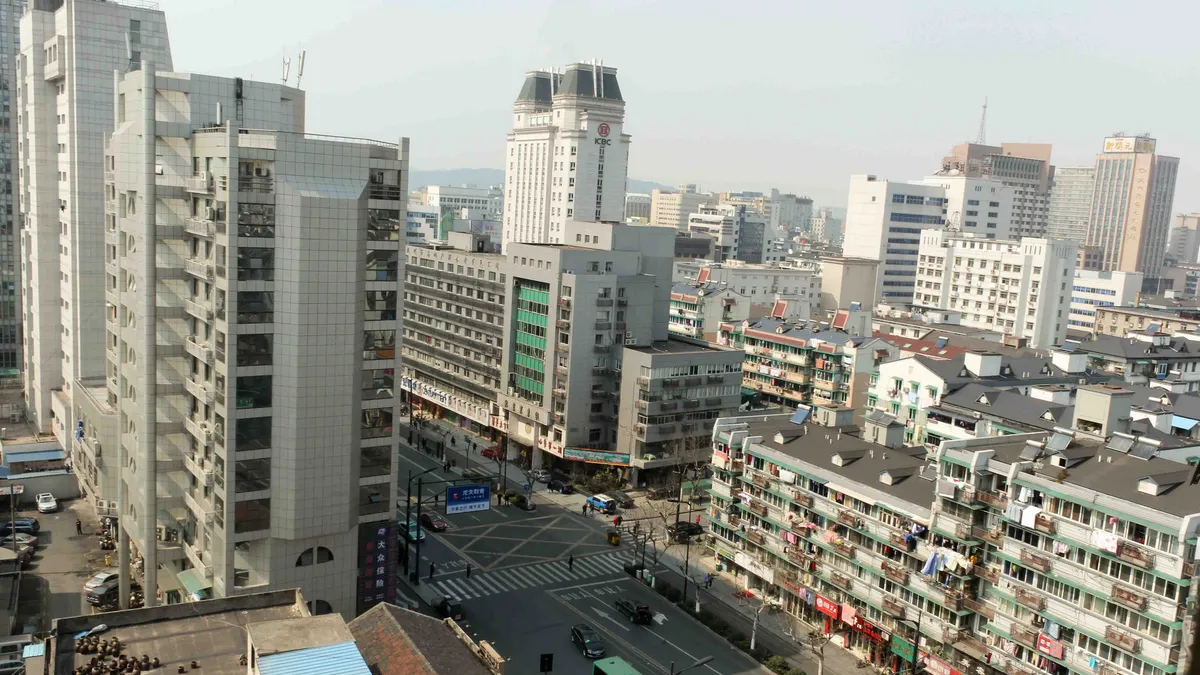Dive Brief:
- China plans to build 150 logistics hubs by 2025, with 30 of them built by next year, Technode reported, citing a plan released by China's National Development and Reform Commission and Ministry of Transport.
- The hubs will come in several forms, including inland ports, cargo ports and airports, and will employ technologies such as automation and robotics to boost efficiency.
- According to Technode, the government seeks to improve logistics efficiency in the country by developing parcel-delivery, high-speed rail, air transport and cold chain capacity.
Dive Insight:
China's coastal cities host some of the busiest seaports in the world, moving tens of millions of TEUs each year.
Booming shipping, manufacturing and populations along the Pacific coast, however, have created a shortage of space, and now a great deal of logistics development is moving inland.
The logistics plan from China does not specifically name where the 150 hubs will be built, but it does list 127 cities as "qualified locations."
Major port cities such as Shenzhen, Shanghai and Guangzhou make the list, but so do inland cities emerging as logistics centers, including Zhengzhou — nicknamed "iPhone City" because of a Foxconn factory — and Xi'an.
The inland cities serve as land bridges between China and Europe and help to facilitate trade between the major blocs.
Many of the new logistics hubs will help with fulfillment of domestic e-commerce orders as well, Technode reported. China is the world's largest e-commerce market, surpassing the U.S. in 2015. Its online retail market is expected to reach $1.8 trillion by 2022, according to a report from Forrester.
The challenge, especially in rural and underdeveloped regions, is a lack of infrastructure needed to transport goods. China's logistics hub plan emphasizes development of infrastructure, such as rail and cold chain, to support the hubs and help meet the demands of consumers.














